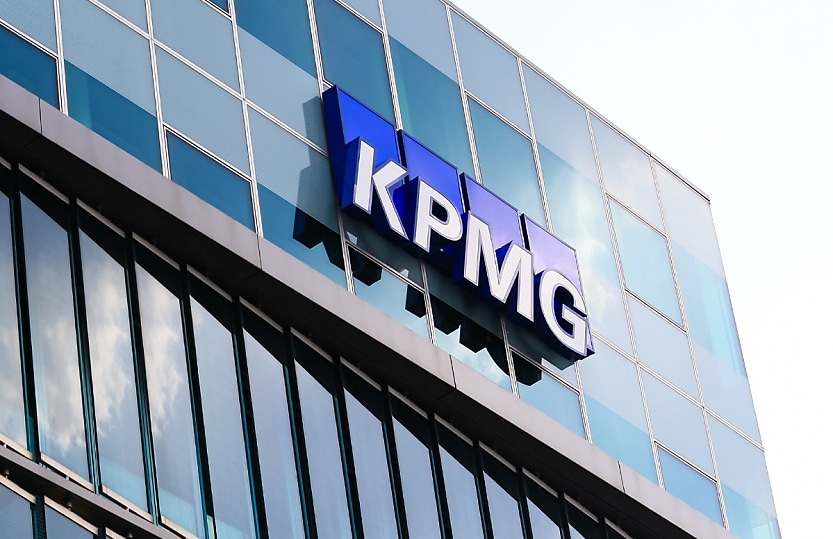KPMG pushes revised tax plan for working families

The withdrawal of the Family Tax Benefit Part A supplement has been and will continue to be a problem for lower-income households, the big four firm has said.
In a new report, KPMG Australia has suggested measures to tackle disincentives within Australia’s tax and transfer system to help lower-income parents return to work.
The report, The cost of coming back 2.0, showed that despite recent childcare reforms, up to 75 per cent of wages earned by mothers and primary carers were lost to tax and withdrawal benefits.
KPMG said the report was a timely updated analysis of the workforce disincentive rates (WDRs) previously identified by KPMG which discouraged secondary earners – typically women – from working more hours or days.
The WDR referred to the percentage of income from taking an extra day’s work that a person loses to income tax and Medicare levy, withdrawn family tax benefits and reduced childcare subsidy, the firm noted.
KPMG tax policy partner Alia Lum said changes to the childcare subsidy in recent years had helped reduce the disincentives for mothers and primary carers working more hours, yet remained high.
“The key problem now, as also identified by the Productivity Commission, lies in the interaction of our tax and transfer systems rather than in childcare costs, following the raising of childcare subsidies and dropping of annual subsidy caps,” Lum said.
“One of the key contributors to high WDRs for lower-income households is the complete withdrawal of the Family Tax Benefit Part A Supplement, which is triggered once a family income reaches $80,000.”
“To correct these high WDRs, KPMG recommends the government investigate tapering the loss of the Supplement as additional income is earned so that these families don’t face a ‘cliff’ from losing the benefit when working more hours.”
KPMG revealed it had analysed the Productivity Commission’s recommended reforms and found that the proposal would result in only a slight improvement and WDRs would remain high.
The firm said it suggested a more “radical approach” to overcoming high WDRs, which would provide a top-up payment to cap the WDR as a maximum threshold.
The threshold would be the secondary earner’s marginal income tax rate, plus 20 percentage points and would be made through the childcare subsidy system.
“This would be the most targeted and progressive approach, as it would ensure that secondary earners with a lower income would have a consistently lower WDR than those on higher incomes,” KPMG said.
“It would benefit only those whose WDR exceeded the maximum threshold, with an additional capping so that the maximum payment allowable would be $10,000.”
Lum noted the plan would benefit households across the income scale but especially those on modest incomes who could at least afford to be discouraged from working more hours.
About the author







